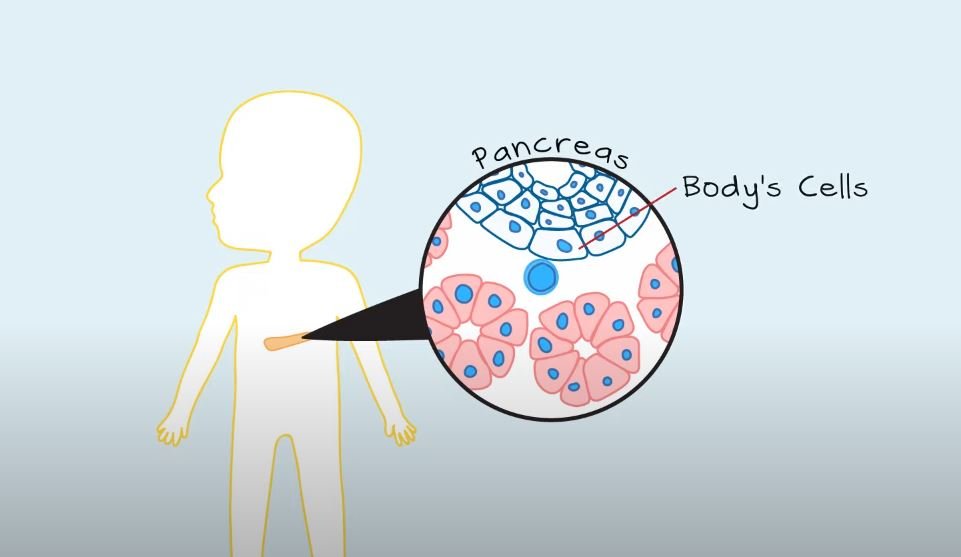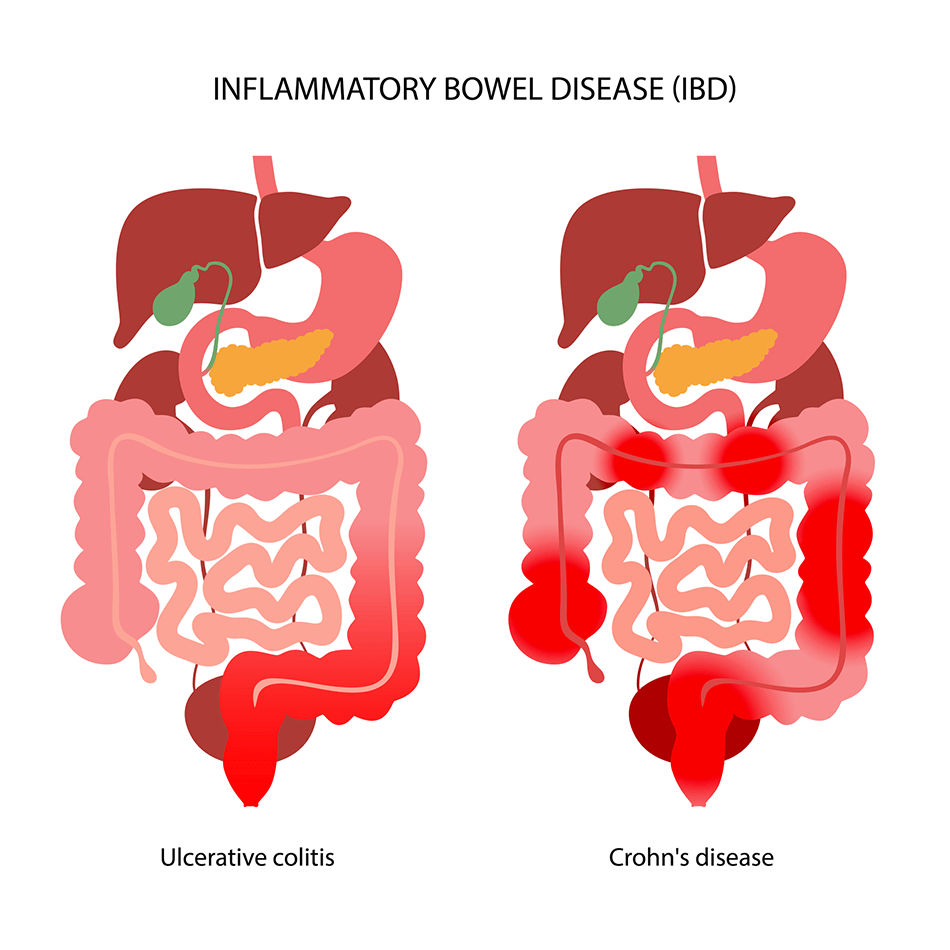Imagine the very structure that gives you the ability to move, feel, and function being mistakenly targeted by your body’s defense mechanism. For people who have Chronic Inflammatory Demyelinating Polyradiculoneuropathy (CIDP), a rare autoimmune disease in which the immune system targets the myelin sheaths that surround and shield peripheral nerves, this is the reality. The outcome? a disturbance in mobility, sensory loss, and progressive muscle weakness that can greatly affect day-to-day functioning.

The long-term, chronic form of CIDP is frequently confused with its more well-known counterpart, Guillain-Barré Syndrome (GBS). In contrast to GBS, which usually manifests as an abrupt immune reaction after an infection, CIDP progresses more slowly and, in the absence of appropriate treatment, can last forever. Many patients experience months or even years of incorrect diagnoses before receiving the proper care because of its complicated and fluctuating symptoms.
Key Facts About CIDP Disease
| Attribute | Details |
|---|---|
| Full Name | Chronic Inflammatory Demyelinating Polyradiculoneuropathy (CIDP) |
| Type | Autoimmune, Neuromuscular Disorder |
| Causes | Immune system mistakenly attacks myelin sheaths surrounding peripheral nerves |
| Related Conditions | Guillain-Barré Syndrome (GBS), Multiple Sclerosis (MS) |
| Common Symptoms | Muscle weakness, loss of reflexes, tingling in limbs, balance issues |
| Prevalence | Estimated 0.8 to 8.9 cases per 100,000 people in the U.S. |
| Risk Factors | More common in men; typically diagnosed in people aged 50-60 |
| Diagnosis Methods | Nerve conduction studies, lumbar puncture, MRI, blood tests |
| Treatment Options | Steroids, immunosuppressive drugs, intravenous immunoglobulin (IVIG), plasma exchange |
| Prognosis | Treatable, but often requires lifelong management |
For more details, visit Cleveland Clinic , Wikipedia
The Initial Indications of an Autoimmune Attack: Identifying CIDP Symptoms
Early detection of CIDP symptoms can be difficult because they can appear gradually. The first warning signs are frequently limb tingling or numbness, which is followed by worsening muscle weakness. Patients may experience problems with reflex loss, poor coordination, and difficulty carrying out daily duties over time.
But there is no one-size-fits-all approach to CIDP. While some patients develop asymmetrical symptoms that more severely affect only one side of the body, others experience symmetrical muscle weakness. Some CIDP variations cause severe sensory disruptions, such as pain, numbness, and loss of balance, while others mainly affect motor function.
The main distinction between CIDP and other neuropathies is that, unlike Guillain-Barré Syndrome, which usually peaks within three weeks before getting better, CIDP symptoms last longer than eight weeks.
What Are the Differences Between Guillain-Barré Syndrome and CIDP?
Due to their many similarities, CIDP and Guillain-Barré Syndrome (GBS) are frequently misdiagnosed. The immune system attacks peripheral nerves in both cases, but CIDP symptoms worsen over time, whereas GBS symptoms get worse quickly before stabilizing.
Whereas CIDP lacks a known cause, GBS typically occurs after an infection.
While CIDP progressively worsens over at least eight weeks, GBS peaks in two to three weeks.
Patients with GBS frequently recover fully, but those with CIDP need continuous care.
Early-stage CIDP is frequently confused with GBS by medical professionals, which causes treatment delays. In order to confirm CIDP, doctors perform additional testing when symptoms do not improve.
How Do They Diagnose CIDP?
Since CIDP is uncommon, many medical professionals mistake it for another neurological condition. In order to arrive at a definitive diagnosis, a neurologist will usually perform a number of tests, such as:
- Studies on nerve conduction (NCS) measure the speed at which electrical impulses pass through nerves.
- A lumbar puncture, also known as a spinal tap, looks for increased protein levels in the cerebrospinal fluid, which are a sign of CIDP.
- MRI scans: Identify nerve root inflammation.
- Tests for blood and urine: Eliminates other illnesses with comparable symptoms.
Although a nerve biopsy is not a common diagnostic procedure, doctors may perform one in rare circumstances.
Is There a Cure for CIDP Treatment?
Although CIDP has no known cure, treatment can be incredibly successful in controlling symptoms and delaying the course of the illness. The main objective is to use targeted therapies to lessen the immune system’s attack on nerve cells.
The most popular CIDP treatment choices are as follows:
- Prednisone and other corticosteroids: Reduce inflammation and slow the progression of disease.
- Healthy antibodies are delivered by intravenous immunoglobulin (IVIG) to control the immune system.
- Plasmapheresis, also known as plasma exchange, eliminates dangerous antibodies from the blood.
- Drugs that suppress the immune system: Stop the body from attacking nerve cells.
Treatment is effective for up to 80% of CIDP patients, and many of them regain their lost mobility. Relapses are possible, though, and call for ongoing care and observation.
Having CIDP: A Way to Improve Your Quality of Life
Although receiving a CIDP diagnosis can be daunting, long-term management is now feasible thanks to advancements in medical care. Many patients discover that they can continue to lead active and satisfying lives with early intervention and appropriate treatment, even though some patients experience ongoing mobility issues.
More efficient, focused treatments for autoimmune neuromuscular disorders are being made possible by ongoing research. Scientists anticipate improving treatment strategies, reducing adverse effects, and possibly finding a way to induce remission in the upcoming years.
People with CIDP can currently take charge of their health by managing their condition proactively, getting regular checkups, and keeping up with new developments in medicine. Although there will be difficulties in the future for CIDP patients, there is still hope as long as they receive the proper medical attention.






